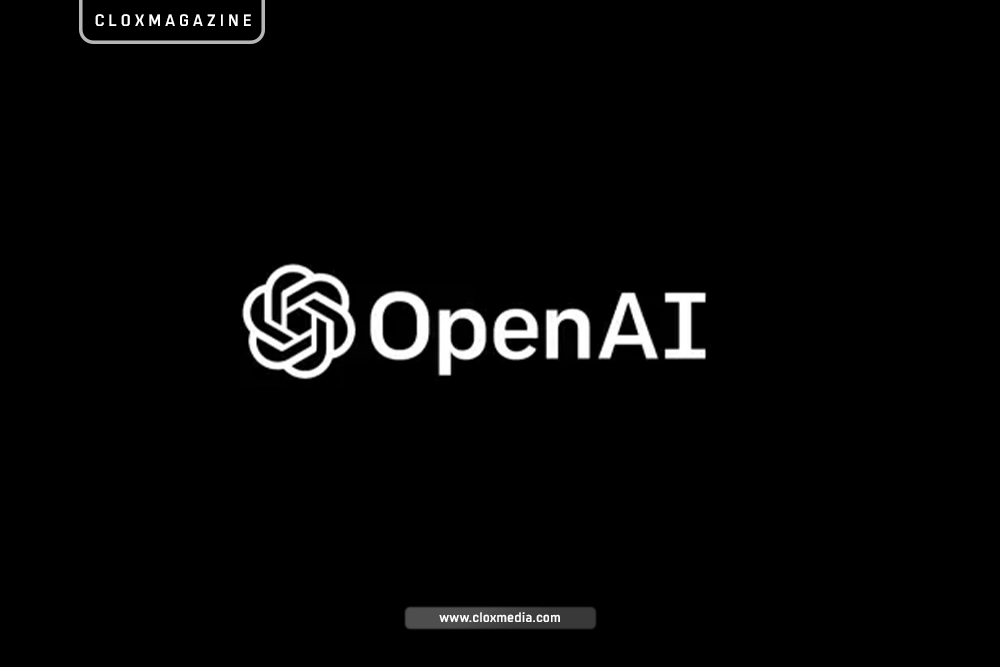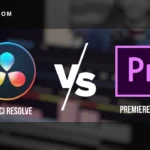The race to leverage AI technologies has been increasing, and for most, the costs are exorbitant. However, if you want to scale OpenAI’s resources without breaking the bank, the new Flex processing API option is now available. Flex trades speed for savings and creates opportunities for businesses and developers who want to use AI without incurring the additional costs associated. But let’s dive deeper into it. Is it really that flexible?
What is Flex Processing?
Imagine you’re at a buffet, and there’s a premium section with all the gourmet dishes, but it’s expensive. Then there’s the regular section with good food at half the price, but you might have to wait a bit longer to get served. That’s essentially what Flex processing is about, folks. the regular buffet option for AI, where you get great food (AI capabilities) at a lower cost, but with a bit of a wait.
Picture yourself at a buffet where there’s a premium section boasting all of the gourmet cuisine, but the costs are high. And then there’s standard class where the food is as good, but priced at just fifty percent, albeit with a longer wait time. That’s what Flex Processing is; the lower-cost buffet style option for AI where there is great food (AI capabilities) to savor, though with a bit of a wait.
How Much Does It Cost?
Let’s talk numbers. For the o3 model, which normally costs $10 per million input tokens and $40 per million output tokens, Flex processing slashes that to $5 and $20. That’s like getting two for the price of one, but remember, it’s slower. Similarly, for o4-mini, you’re looking at $0.55 and $2.20 instead of $1.10 and $4.40. It’s a significant saving, especially if you’re dealing with large volumes of data.
This 50% reduction can be a game-changer for startups and small businesses that need AI capabilities but are mindful of their budgets. It’s like finding a coupon for your favorite tech gadget – suddenly, what seemed out of reach becomes affordable. The table below summarizes the cost differences:
| Model | Pricing Type | Input Tokens ($/M) | Output Tokens ($/M) |
|---|---|---|---|
| o3 | Standard | 10 | 40 |
| o3 | Flex | 5 | 20 |
| o4-mini | Standard | 1.10 | 4.40 |
| o4-mini | Flex | 0.55 | 2.20 |
What Are the Trade-offs?
But before you rush to sign up, let’s talk about what you’re giving up. With Flex processing, your AI might take its sweet time to respond. It’s like ordering a pizza and being told it might take an hour instead of 30 minutes. Plus, there might be moments when the kitchen is closed, so to speak, and you can’t place your order. So, if your business depends on instant AI insights, you might want to stick with the standard plan.
Flex processing isn’t for everyone. It’s perfect for tasks that can afford a little delay, but if you’re running a high-stakes operation where every second counts, you might find the trade-off too steep. For example, real-time applications like customer service chatbots or high-frequency trading systems would likely struggle with Flex’s slower pace and occasional unavailability.
Who Should Use It?
Flex processing is ideal for developers and businesses that have non-urgent AI tasks. Think about it this way: if you’re a researcher working on a project that doesn’t need immediate results, Flex processing is perfect. You can run your experiments overnight and check the results in the morning without worrying about high costs. Or, if you’re a content creator who needs to generate large amounts of text but isn’t in a hurry, Flex can help you save big while still getting the job done.
Here are some examples of who might benefit:
- Researchers evaluating and fine-tuning AI models
- Data analysts enriching datasets with AI-generated insights
- Developers handling asynchronous workloads where timing isn’t critical
- Small businesses running background tasks that don’t affect real-time operations
For instance, a small e-commerce business might use Flex processing to analyze customer behavior patterns overnight, allowing them to make data-driven decisions without incurring high costs during peak hours. It’s like having a reliable sidekick who might not be the fastest, but gets the job done without breaking the bank.
The Bigger Picture: Competition and AI Costs
This move by OpenAI is smart. With competitors like Google hot on their heels, offering a cheaper option helps them stay competitive. It’s like when airlines introduce budget fares to fill seats – they’re making sure everyone can afford a ticket, even if it’s not first class. As the cost of developing and running advanced AI models continues to rise, providing a budget-friendly option like Flex processing could be a strategic move to keep innovation accessible to a broader audience.
Rivals like Google are already pushing the envelope with models like Gemini 2.5 Flash, which offer high performance at potentially lower costs OpenTools AI. By introducing Flex processing, OpenAI is not only making AI more accessible but also ensuring it doesn’t lose ground in the race for dominance. Additionally, OpenAI’s recent requirement for ID verification for certain user tiers suggests a focus on security and compliance, further shaping how developers access its services.
So, is Flex processing worth it? Well, that depends on your needs. If you can afford to wait and your tasks aren’t time-critical, absolutely. It’s a fantastic way to get high-quality AI at a fraction of the cost. But if speed is of the essence, you might want to stick with the standard plan or look into other options. Either way, it’s great to see OpenAI innovating and making AI more accessible to all.
Flex processing is like choosing between a sports car and a reliable sedan; both get you where you need to go, but one is faster and pricier, while the other is slower but easier on the wallet. For many, the sedan might just be the smarter choice.
CLOXMAGAZINE, founded by CLOXMEDIA in the UK in 2022, is dedicated to empowering tech developers through comprehensive coverage of technology and AI. It delivers authoritative news, industry analysis, and practical insights on emerging tools, trends, and breakthroughs, keeping its readers at the forefront of innovation.









